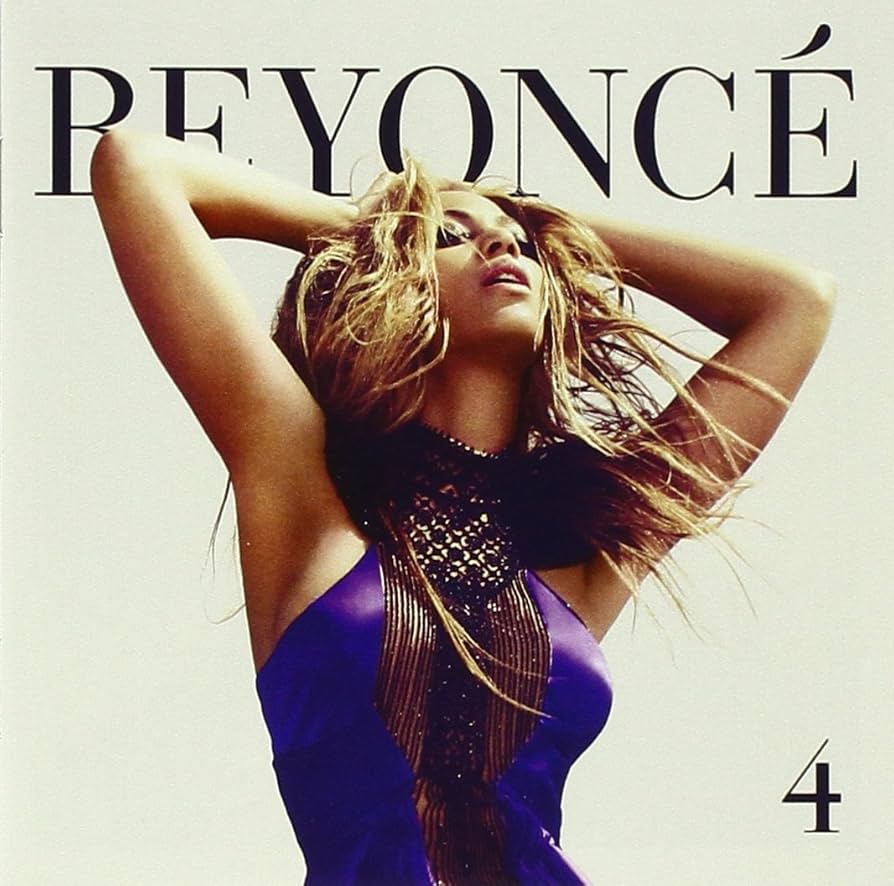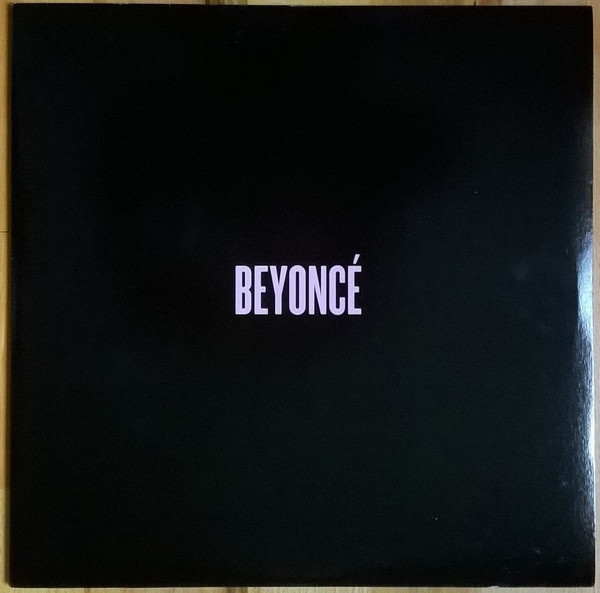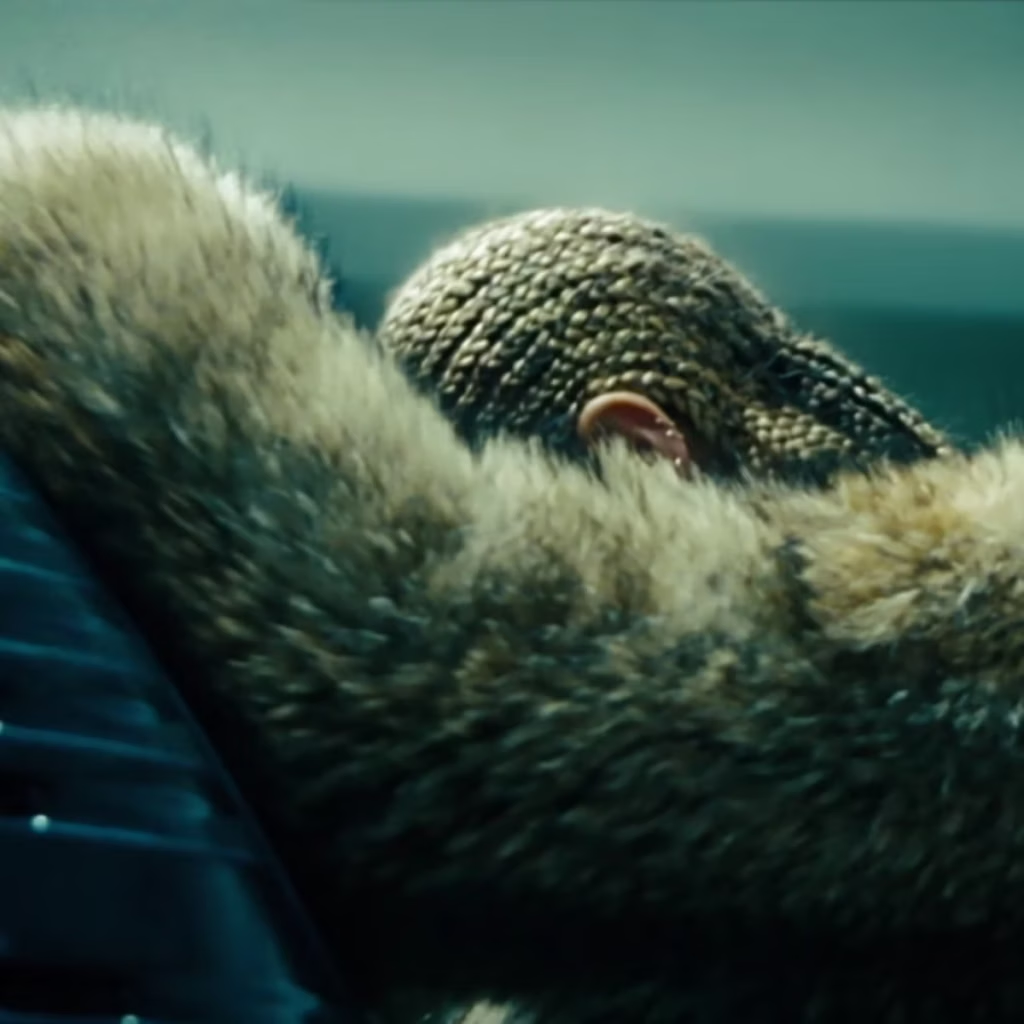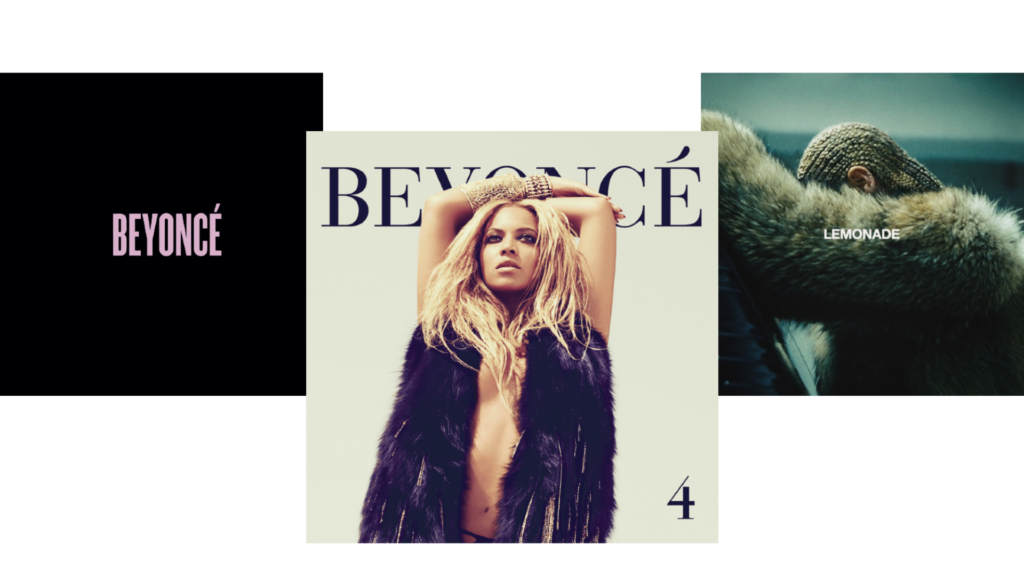Three Album Run is a new series on tQ where we explore the best unbroken run of LPs in different genres. This month we deal with pop music made during the last 25 years but if you want to suggest a genre for a future essay please email John@theQuietus.com under the heading Three Album Run. The full rules are at the foot of this feature.
There are few artists that have become as omnipresent in the culture as Beyoncé Giselle Knowles-Carter. Perhaps because of this, her life is a curiosity that I struggle to get my head around sometimes, even as a long-time fan of hers. Throughout her entire existence, no matter what environment she’s in, Beyoncé has always been treated as an anomaly and, most importantly, as a star.
She was a local celebrity in her home town of Houston, Texas, by the time she was ten years old, winning local pageants and talent shows. By her late teens she was the lead singer in the girl group Destiny’s Child who reached international success with their signature pop-feminist, slick and futuristic r&b. Her solo career went on to elevate her from a talented diva in a relatively crowded field to becoming one of the most important cultural figures of the current era.
Today, the public’s unerring devotion to Beyoncé is barely questioned. In a 2016 review of her Formation world tour, Vanity Fair stated: “Beyoncé is less pop star or musician or even icon, at this point, than she is a belief system.” While a New Yorker essay on her ever so slightly myopic 2013 HBO documentary Life Is But A Dream, declared: “Beyoncé feels like the result, the logical end point, of a century-plus of pop.” You can’t go a day without hearing about the constant adulation Queen Bey receives, but, conversely it is also the lack of critique, alongside this cultural and commercial over-saturation, that, at times, can render her bland to the uninformed observer. How could someone that appeals to so many people still have this level of artistic value?
To contextualise the merit of Beyoncé you have to analyse the three-album run that confirmed her cultural icon status. In my mind, those albums are 4 (2011), Beyoncé (2013), and Lemonade (2016). The business-minded among you might have heard of the term hockey stick growth, when after a relatively stable period there is a sudden rise in prosperity and sales. These three albums mark the unexpectedly steep rise of Beyoncé’s hockey stick growth as an artist, when she grew exponentially in confidence and power, and began experimenting in new genres in order to create work that was better reflective of herself, which therefore resonated with a wider audience.
I don’t have to strain to ‘hear’ the objections to this POV. To the doubters who only hear one or two Beyoncé songs a year, they will say she doesn’t write her own music and relies on a pop factory farm to pump out the hits. It’s a theory that is only half-based in reality and mostly disseminated by some fandoms of ‘serious music’ weighed down by serious anti-pop bias. While her records are put together by a legion of producers, they are still skilfully written pop classics, leagues ahead of some of the dull, repetitive singles released by other pop stars who use similar bootcamps.
If you’re already a partisan fan of pop music you might think there are a few other contenders who have contributed more to the modern pop canon than Bey. Taylor Swift is undoubtedly – currently – world dominating, and her rightly-celebrated songwriting ability is constantly brought up when the idea of her rivalry with Beyoncé is discussed. It’s difficult to take this idea seriously if you see Beyoncé as peerless, existing in a unique, reigning position which is defined more by sheer power when it comes to defining the cultural narrative rather than a crass audit of downloads and ticket sales alone. Nevertheless, I’ll still tackle this Swift problem swiftly. While Tay’s brand of shiny, confessional powerhouse pop is astronomically successful (her Eras world tour brought in more than $2 billion in ticket sales making it the most commercially successful venture of its kind of all time) I do not believe she can match the artistry of Bey. Swift’s audience, though huge, is not as diverse, which leads to the creation of a pop star beloved by millions on paper, whose work is unrecognisable as being ‘all that’ to anyone outside of this very tightly defined demographic. Swift’s music, also, just does not compete. Her vocals are light and airy, unable to cover the vast, octave busting vocal range Beyoncé is capable of. Her songwriting, while celebrated, at its worst recalls the dreary, maudlin earnestness of the type of early noughties MOR singer songwriter whose CDs were often to be found on sale in Starbucks. Taylor Swift’s work remains resolutely free of the cross-genre brilliance of Beyoncé and cannot compete when it comes to delivering pop hooks that embed themselves into your consciousness.
If you’re a Beyoncé fan, the choice of album run I’ve decided to go with might still be controversial. Her early solo career is full of standout hits that kept her at the top, such as the boisterous dance anthem ‘Crazy In Love’ or the hen party staple ‘Single Ladies’, but her early albums, overall, were laden with filler, rendering them of patchy quality. She has also had continued success with her recent albums Renaissance (2022) and Cowboy Carter (2024), but I do not envision those records in time holding up as well as her 2010s album run, which truly is hard to surpass, even for Beyoncé herself.

So, let’s start with 4. Sandwiched in-between her pop princess peak after I Am … Sasha Fierce and her ground-breaking surprise release Beyoncé, 4 is often overlooked compared to its shiner cousins but there is so much to take in with this record. Prior to the recording of 4, Beyoncé had just finished an exhausting world tour and had taken a year off to rest. In that time, she also began to gain more control of her career, creating her own production unit, Parkwood Entertainment, and severing ties with father Mathew Knowles as a manager.
With her career now firmly guided by her own hand, Beyoncé decided to go against the dance-pop grain that was popular at the time, creating an album rooted in old school soul and r&b. The record lifted from the best of 80s giants like Michael Jackson and Prince, heard on the brass-centric, multi-key change ‘Love On Top’, and the synth funk groove of songs like ‘Schoolin’ Life’. Save for the few ballads like ‘1+1’ and ‘I Was Here’, 4 is a record that sounds like the best DJ set at your auntie’s wedding, and I mean that in the most complimentary way possible. It’s nostalgic, well sequenced, curated to keep the dancefloor moving, all while offering up something for everyone.
Where 4 stands out to me is in the early examples of genre experimentalism that would come to define her later work. The album’s lead single ‘Run The World (Girls)’, working with a chaotic sample of the dancehall hit ‘Pon De Floor’ by Major Lazer, is a mix of military-style drum rolls and blaring, yelped samples. The unconventional love song ‘End Of Time’, built around a wall of multi-layered harmonies, was actually inspired by Afrobeat legend Fela Kuti, heard in the polyrhythmic influences in the percussion. These songs really should not work in the mainstream pop medium but they manage to, through luck, confidence, or the collective power of team Beyoncé alone.

That emphasis on pop experimentalism carried over into plans for her next album, the 2013 surprise release Beyoncé. The lack of warning before the album’s appearance on social media and streaming platforms sent audiences into a frenzy. The album drop became a global phenomenon and was a watershed moment in crystallising our current view of Beyoncé as an artist and celebrity.
Where 4 focused in on the best of what had already been in music, Beyoncé strove to uncover the best of what could be. The album tested the boundaries of where pop could go, thanks to her collaborations with indie pop duo Chairlift on the floating, falsetto led number ‘No Angel’; experimental producer Boots who produced the majority of the album and contributed original songs like the expansive industrial piece ‘Haunted’; and alternative r&b’s reclusive son Frank Ocean who contributed to the doo-wop inspired track ‘Superpower’.
Beyoncé is built on a moody, patchwork of atmospheric, deconstructed soundscapes; it relies on non-traditional song structures; and it features intimate, sultry lyrics espousing her love for her husband in increasingly detailed ways. So many artists strive to achieve the balance between the unconventional and the catchy, in order to present a new face of pop, a genre that has been over-mined since the beginning of recorded music. On this album, Beyoncé marries these two disparate features perfectly, creating a record that is surprising enough to challenge even the most pop-phobic of listener.
When I first heard Beyoncé, it instantly became my favourite album in her catalogue and I distinctly remember saying to myself, “There’s no way she can top this album. No, Beyoncé will never have the same level of zeitgeist shifting success ever again.” I’m not often wrong, but when I am, I am way off. Beyoncé followed up her self-titled release with her magnum opus Lemonade, a record that takes a raw and honest look at the infidelity in her marriage, healing, generational trauma, and Black womanhood.

Released alongside an exquisitely directed accompanying art film featuring poetry excerpts from Warsan Shire, Lemonade saw Beyoncé work through the pain of her relationship struggles (‘Hold Up’), deciding to give into rage (Don’t Hurt Yourself), self-reflection (‘Love Drought’) and then forgiveness (‘Sandcastles’). Musically, the album is still genre diverse like its predecessor (taking influence from indie, heavy rock, country, minimal r&b and more), but thanks to the mooring of the album’s theme, Lemonade is still a cohesive listen.
Lemonade is also her most overtly political release, working in themes of Black pride and liberation on songs like ‘Freedom’ and the ever quotable ‘Formation’. Beyond those tracks, many fans took Beyoncé’s deeply personal meditations on trauma to be a metaphor for how Black women are treated in society. That the album landed just as Donald Trump was rolling into the White House, propelled by his insidiously racist campaign only helped drive home the album’s pro Black message.
Even though at the 2017 Grammys, Lemonade lost the Album of the Year award to Adele’s 25 (a moment that was as much of a shock to Adele as it was to everyone else) I can’t think of another modern pop record that impacted the world as deeply as Lemonade. There are other congenial pop stars out there, other inexplicably catchy songs that enter the cultural lexicon, other albums that take a sizeable chunk out of the pop landscape while redefining it, but there are few who do all this and have had the type of consecutive three album run that Beyoncé has had.
Sometimes, descriptions of Beyoncé can read as overly hyperbolic. The practically perfect, generation-defining artist who does not seem to reside on the same plane of existence as the rest of us, Beyoncé is one of the few people who make these over the top statements seem well-considered. It can certainly feel more than a little obnoxious, but sometimes you have to call it as it is: Beyoncé is the most important pop star we have right now, thanks to 4, Beyoncé, and Lemonade. I mean, you can’t be surprised. She’s always been a star.
Sign up to tQ’s free weekly Digest Newsletter for future 3LP features and much more
Three Album Run: Rules
- No live albums, no comps, no covers LPs, no collab records, no anthologies etc.
- Albums listed by year they were released not recorded
- No name changes unless name changing is part of the aesthetic. I.e. including albums by Tubeway Army and Gary Numan in the same run is not OK, but any permutation of the Osees as a three album run would be OK
- Album run has to start after 1970
- Ignore the band or artist’s feelings on what genre they are. The Cure are either goth, post punk or alternative rock. Sorry, The Cure!
- Even if we find the genre slightly spurious we’ll rely on main/leading genres provided by Wiki, All Music and Discogs. I.e. if Wiki say Roxy Music are “Art Rock” or “Glam Rock” then one of those two genres is what we’ll stick with





